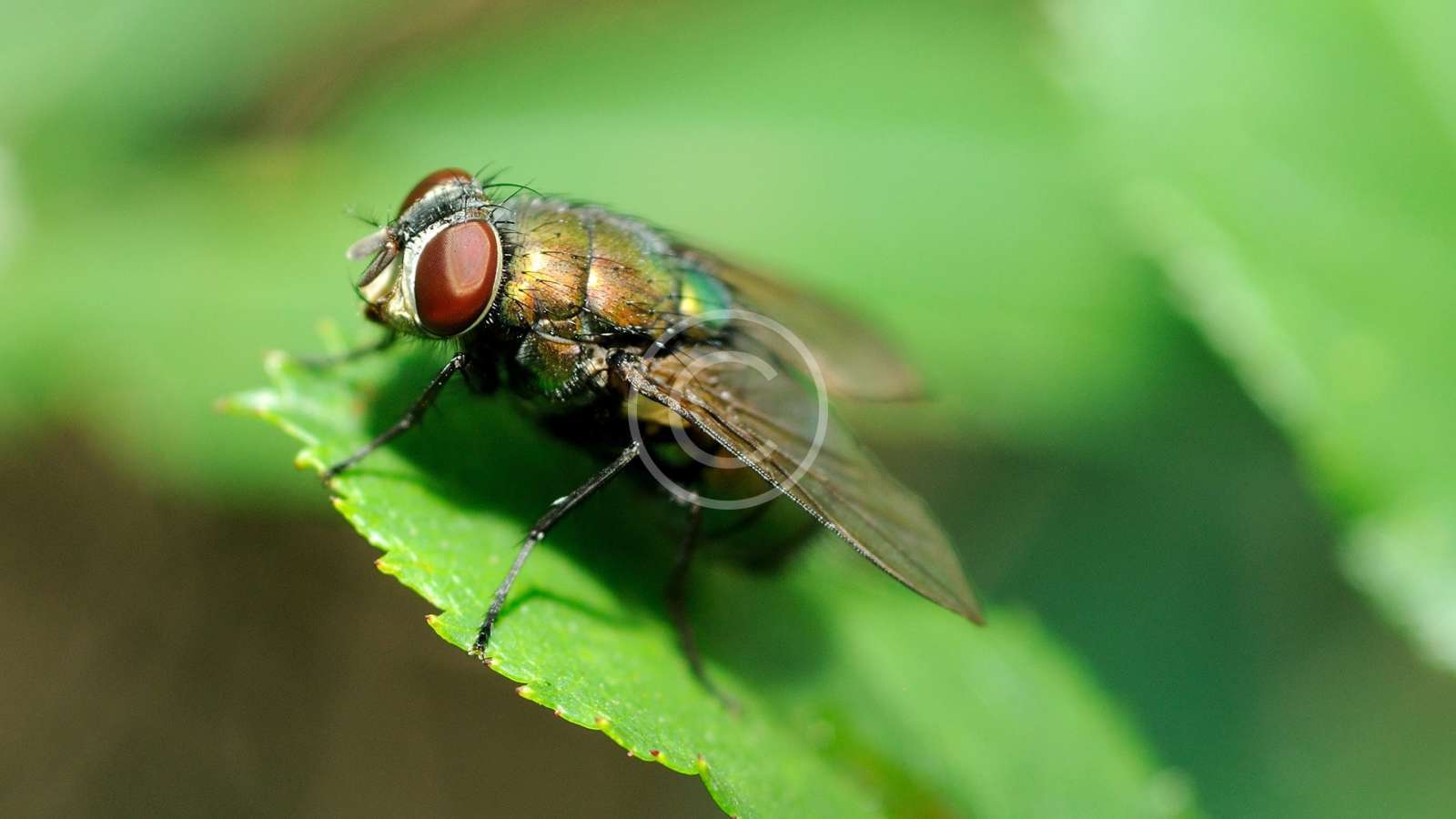Red Imported Fire Ants are an invasive species that can be found all over the southern part of the United States. These ants should be avoided at all costs because of their distinctive mound nests. Brown Marmorated Stink Bugs Stink bug from side.jpg This invasive species arrived in the United States from Asia in 1996 and has since rapidly spread throughout much of the country. Interfering with a fire ant nest can cause them to sting in large numbers, causing pain. They pose a significant threat to agriculture and are known to invade homes in large numbers, where they cause an unpleasant odor to be released when they are crushed or disturbed.
Formosan termite worker This invasive termite species is difficult to control once they infest a structure due to their aggressive nature. In as little as six months, a mature Formosan termite colony can cause severe structural damage to a house.
1. Norway Rats Norway rats are thought to have originated in Asia, but they are now found all over the world. Through their gnawing, they can damage structures and are also carriers of serious diseases like plague, jaundice, rat-bite fever, and salmonellosis.
2. European Starlings Starlings were brought to New York on purpose over a century ago by people who were interested in bringing every bird mentioned in Shakespeare’s plays to the United States. They have since spread all over the country. Their droppings have the potential to cause serious structural damage to buildings, encourage fungal growth in soil, and spread diseases.
3. Africanized “Killer” Bees Africanized “killer” bees are a dangerous insect that stings. They are extremely aggressive and have been known to chase people for more than a quarter of a mile to protect their hive. Despite the fact that their venom is comparable to that of regular honeybees, they typically attack in greater numbers, posing an even greater threat to humans.
4. The Asian tiger mosquito is an invasive species that can be found all over the United States, but it is most common in the south. They can spread diseases like dengue fever, the Chikungunya virus, and West Nile virus. They typically feed during daylight hours, unlike native mosquito species.



